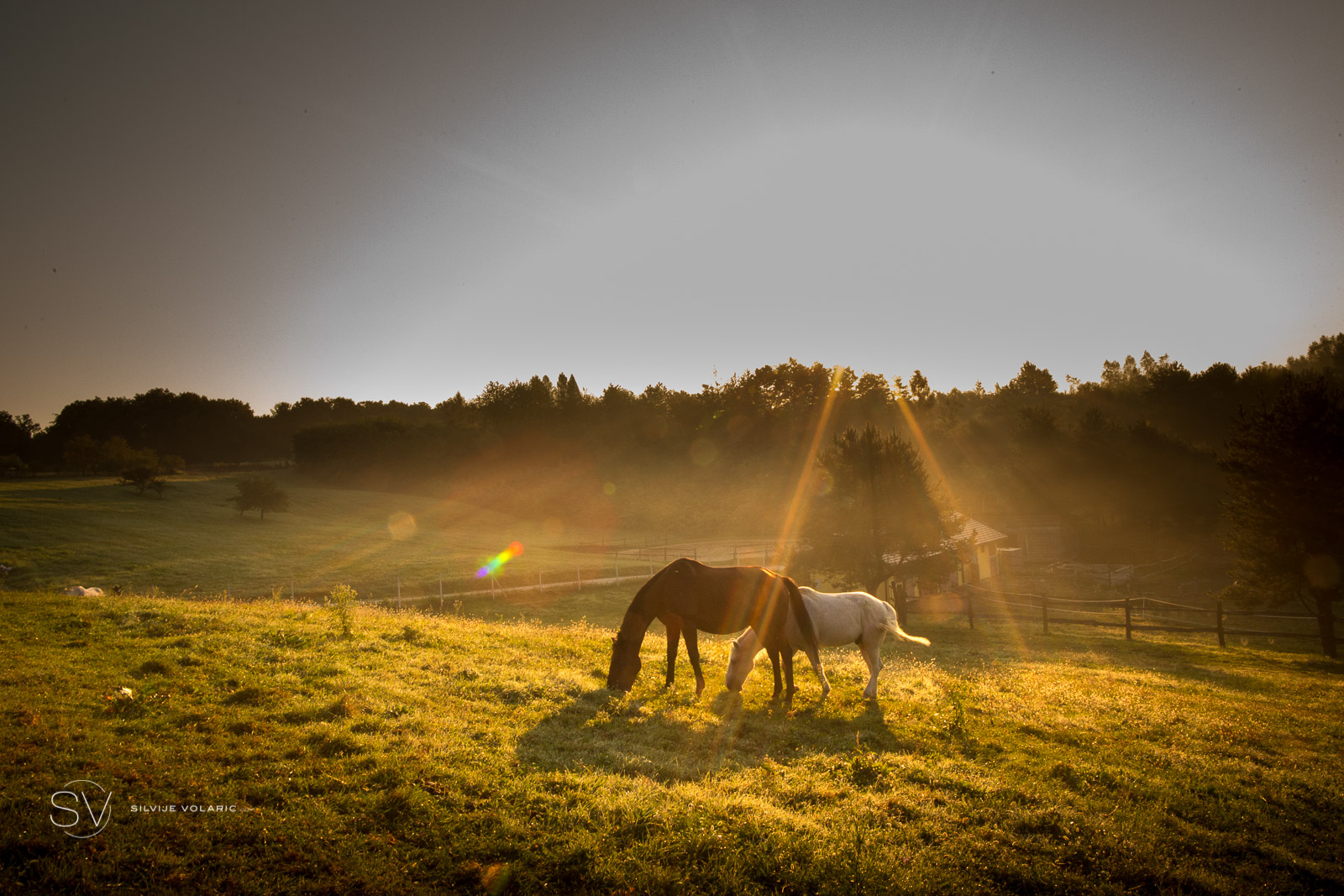The concepts of hierarchy and territoriality in horses represent integral parts of their natural behavior and social structure. These concepts have evolved to enable horses to effectively survive in the wild and maintain stable social groups. Let's take a closer look at these concepts:
Hierarchy within Herds:
Horses form hierarchical structures within social groups known as herds. These structures often emerge based on dominance and subordination among individual horses. Hierarchy is frequently manifested through competition for position within the group, where smarter, stronger, and more dominant horses occupy higher positions in the hierarchy, while weaker and subordinate horses occupy lower positions. Hierarchy allows horses to efficiently allocate resources such as food, water, rest, and reproductive partners, ensuring the survival of the entire herd.
Formation of Territories:
By nature, horses are territorial animals that defend specific areas used for feeding, resting, and reproduction. Territoriality is often manifested through marking territories with scent signals such as urine and feces. These scent signals serve as territory markers and warnings to other horses to approach at their own risk. Horses may also use physical signals such as aggressive behavior or fighting to defend their territory from potential threats or competition.
Maintenance of Territorial Structure:
Maintaining territorial structure requires constant patrolling and marking of territories to preserve territorial integrity and prevent invasions by other horses or predators. Horses may also use social interaction and communication to confirm their status within the territorial structure and secure their position in the hierarchy.
Changes in Territorial Structure:
The territorial structure of horses can change due to environmental changes, resource availability, mating season, or the presence of new horses in the vicinity. Changes in territorial structure can lead to conflicts among horses or changes in hierarchical positions within the group to adapt to new conditions.
In summary, hierarchy and territoriality are crucial concepts in the natural behavior of horses that enable the efficient functioning of social groups and the maintenance of stable social structures. Understanding these concepts is essential for properly understanding and working with horses both in natural and controlled environments, such as our stables.
